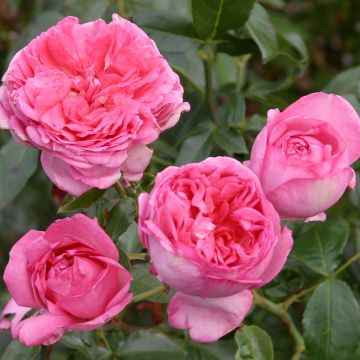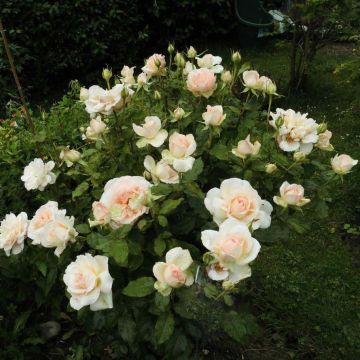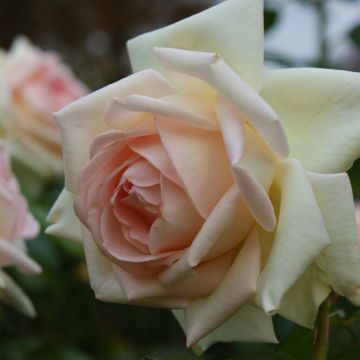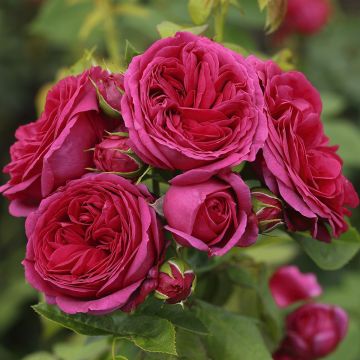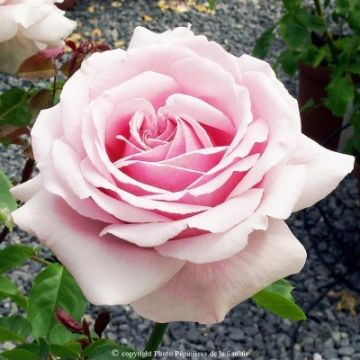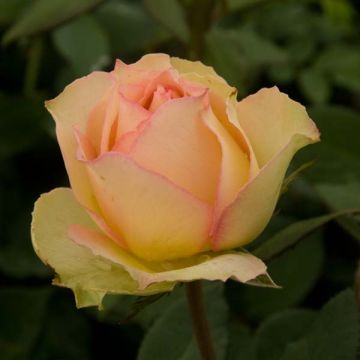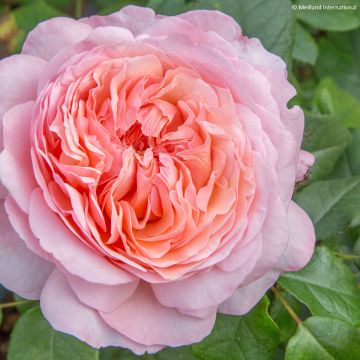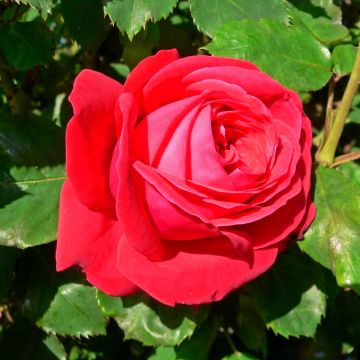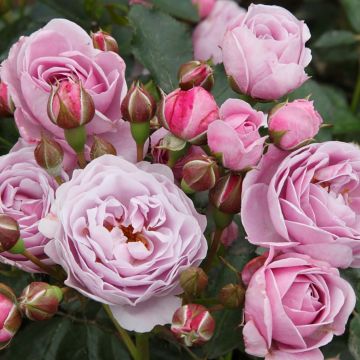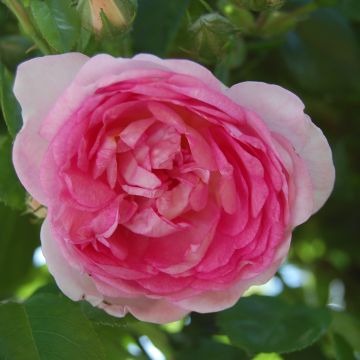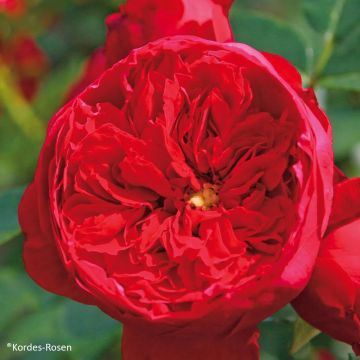Shipping country and language
Your country of residence may be:
Your country of residence is:
For a better user experience on our website, you can select:
Your shipping country:
Andorra
Austria
Belgium
Bulgaria
Canada
Chile
Croatia
Cyprus
Czechia
Denmark
Estonia
Finland
France
Germany
Greece
Hungary
Iceland
Ireland
Italy
Latvia
Lithuania
Luxembourg
Malta
Monaco
Netherlands
Poland
Portugal
Romania
Slovakia
Slovenia
Spain
Sweden
Switzerland
United Kingdom
We only deliver seed and bulb products to your country. If you add other products to your basket, they cannot be shipped.
Language:
French
German
Spanish
English
My Account
Hello
My wish lists
Plantfit
Log in / Register
Existing customer?
New customer?
Create an account to track your orders, access our customer service and, if you wish, make the most of our upcoming offers.


Rosa 'Auguste Renoir' - Hybrid Tea Rose
Rosa 'Auguste Renoir' - Hybrid Tea Rose
Rosa Auguste Renoir® 'Meitoifar'
Meitoifar
Thank you to the staff (for the order preparation and shipping), the bare-root rose I received looks healthy. Planted in the ground, I am now patiently waiting for it to take root... or not?
Thierry, 20/11/2024
Why not try an alternative variety in stock?
View all →Order in the next for dispatch today!
Dispatch by letter from €3.90.
Delivery charge from €5.90 Oversize package delivery charge from €6.90.
More information
This item is not available in your country.
Schedule delivery date,
and select date in basket
This plant carries a 24 months recovery warranty
More information
We guarantee the quality of our plants for a full growing cycle, and will replace at our expense any plant that fails to recover under normal climatic and planting conditions.
From €5.90 for pickup delivery and €6.90 for home delivery
Express home delivery from €8.90.
From €5.90 for pickup delivery and €6.90 for home delivery
Express home delivery from €8.90.
Does this plant fit my garden?
Set up your Plantfit profile →
Description
The 'Auguste Renoir' Rose pays tribute in the most beautiful way to the painter famous for his voluptuous and sensual female nudes that shine with life. Its plump roses are fully double, rich with 50 to 65 Bengal rose petals, and possess a powerful fragrance with deep and subtle undertones. A dense, medium green, satin foliage adorns this sturdy and resistant bush, not very tall but devilishly romantic, with flowering that extends from June to October. An excellent rose for borders and bouquets, ideal for a scented garden.
'Auguste Renoir' or 'Meitoifar' is a modern shrub rose hybrid tea obtained in 1993 by the rosarian Meilland. It belongs to the Romantica series, combining the grace and beauty of old roses with the floribundity and resistance of modern roses. With a bushy and compact habit, this bush reaches about 75 cm (30in) in height and 50 cm (20in) in spread at maturity, with rapid growth. It produces sturdy branches that bear elegant blue-green medium foliage, is slightly shiny and well supplied and is not very susceptible to diseases. Throughout the summer, if faded flowers are removed, its large, fully double flowers, measuring 13 cm (5in) in diameter, emerge from large fuchsia pink buds, then open into globular roses that bloom better in the sun and warm climates. They are solitary or grouped in small bouquets of 2 or 3, carried at the end of long shoots from the current year or emerging from 2-year-old stems.
'Auguste Renoir', with its opulent flowers, is perfect for romantic bouquets planted among low perennials such as violets, carnations, dwarf asters or aubrietas. With a modest size and a dense habit, it is also ideal for planting in a small hedge or in a group of 3 specimens and growing in a large pot. It blends well in low shrub borders with summer or autumn flowering or mixed with light perennials and annuals such as Sea Kale, paniculate phlox or tall foxgloves. It will be beautifully showcased in front of a boxwood or yew screen or, conversely, surrounded by a miniature hedge or a carefully organised maze, as in Italian or French gardens. Above all, it is a generous rose, which can be paired, for example, with a clematis with small white flowers like 'Mrs Robert Brydon', and this duo can also be placed near the house to enjoy the fragrance as you pass by.
Obtained by Meilland in 1993.
Rosa 'Auguste Renoir' - Hybrid Tea Rose in pictures
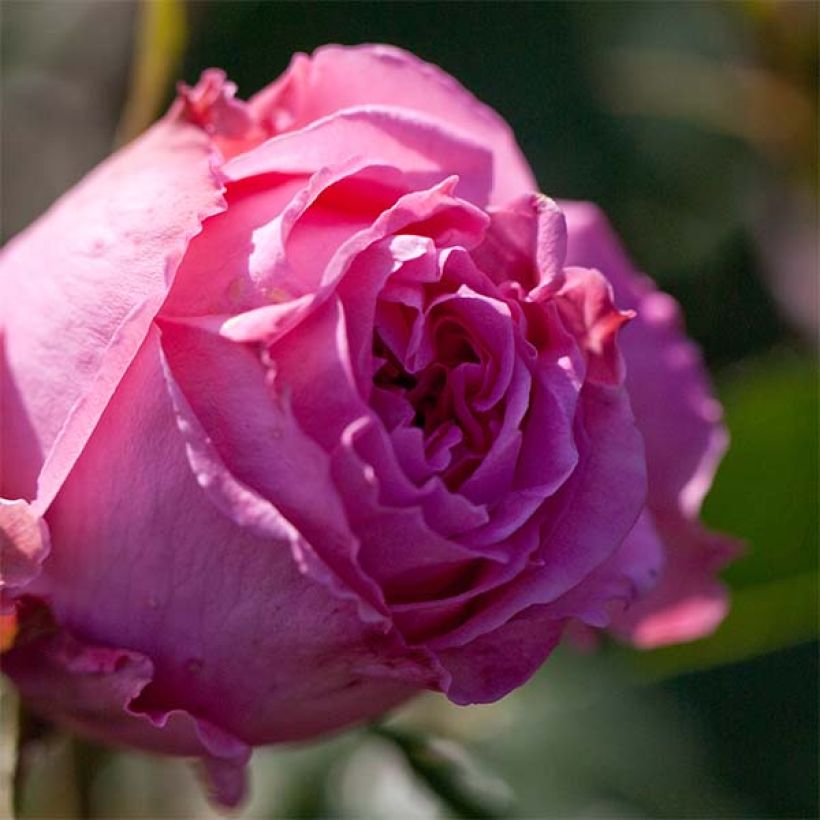

Plant habit
Flowering
Foliage
Botanical data
Rosa
Auguste Renoir® 'Meitoifar'
Rosaceae
Meitoifar
Cultivar or hybrid
Rosa canina Laxa (Wrapped bare root, 4L/5L pot)
Other Large-flower tea Roses
Planting and care
For proper bud opening, plant your 'Auguste Renoir' Rose in a sunny location, or in light shade in hot climates. Modern roses are tolerant, but they do not appreciate excessive limestone. They will adapt to any garden if the soil is well-prepared, not too heavy, and rich enough. To plant your rose, crumble the soil well and add an amendment, such as blood, fish and bone, at the bottom of the planting hole. After planting, water generously to eliminate air pockets. Water regularly for a few weeks to facilitate root development.
Roses often have stains or may look unsightly towards the end of summer. However, this is not a problem for their development. These stains are natural and do not harm the rose.
Planting period
Intended location
Care
- , onOrder confirmed
Reply from on Promesse de fleurs
Fragrant Roses
Haven't found what you were looking for?
Hardiness is the lowest winter temperature a plant can endure without suffering serious damage or even dying. However, hardiness is affected by location (a sheltered area, such as a patio), protection (winter cover) and soil type (hardiness is improved by well-drained soil).

Photo Sharing Terms & Conditions
In order to encourage gardeners to interact and share their experiences, Promesse de fleurs offers various media enabling content to be uploaded onto its Site - in particular via the ‘Photo sharing’ module.
The User agrees to refrain from:
- Posting any content that is illegal, prejudicial, insulting, racist, inciteful to hatred, revisionist, contrary to public decency, that infringes on privacy or on the privacy rights of third parties, in particular the publicity rights of persons and goods, intellectual property rights, or the right to privacy.
- Submitting content on behalf of a third party;
- Impersonate the identity of a third party and/or publish any personal information about a third party;
In general, the User undertakes to refrain from any unethical behaviour.
All Content (in particular text, comments, files, images, photos, videos, creative works, etc.), which may be subject to property or intellectual property rights, image or other private rights, shall remain the property of the User, subject to the limited rights granted by the terms of the licence granted by Promesse de fleurs as stated below. Users are at liberty to publish or not to publish such Content on the Site, notably via the ‘Photo Sharing’ facility, and accept that this Content shall be made public and freely accessible, notably on the Internet.
Users further acknowledge, undertake to have ,and guarantee that they hold all necessary rights and permissions to publish such material on the Site, in particular with regard to the legislation in force pertaining to any privacy, property, intellectual property, image, or contractual rights, or rights of any other nature. By publishing such Content on the Site, Users acknowledge accepting full liability as publishers of the Content within the meaning of the law, and grant Promesse de fleurs, free of charge, an inclusive, worldwide licence for the said Content for the entire duration of its publication, including all reproduction, representation, up/downloading, displaying, performing, transmission, and storage rights.
Users also grant permission for their name to be linked to the Content and accept that this link may not always be made available.
By engaging in posting material, Users consent to their Content becoming automatically accessible on the Internet, in particular on other sites and/or blogs and/or web pages of the Promesse de fleurs site, including in particular social pages and the Promesse de fleurs catalogue.
Users may secure the removal of entrusted content free of charge by issuing a simple request via our contact form.
The flowering period indicated on our website applies to countries and regions located in USDA zone 8 (France, the United Kingdom, Ireland, the Netherlands, etc.)
It will vary according to where you live:
- In zones 9 to 10 (Italy, Spain, Greece, etc.), flowering will occur about 2 to 4 weeks earlier.
- In zones 6 to 7 (Germany, Poland, Slovenia, and lower mountainous regions), flowering will be delayed by 2 to 3 weeks.
- In zone 5 (Central Europe, Scandinavia), blooming will be delayed by 3 to 5 weeks.
In temperate climates, pruning of spring-flowering shrubs (forsythia, spireas, etc.) should be done just after flowering.
Pruning of summer-flowering shrubs (Indian Lilac, Perovskia, etc.) can be done in winter or spring.
In cold regions as well as with frost-sensitive plants, avoid pruning too early when severe frosts may still occur.
The planting period indicated on our website applies to countries and regions located in USDA zone 8 (France, United Kingdom, Ireland, Netherlands).
It will vary according to where you live:
- In Mediterranean zones (Marseille, Madrid, Milan, etc.), autumn and winter are the best planting periods.
- In continental zones (Strasbourg, Munich, Vienna, etc.), delay planting by 2 to 3 weeks in spring and bring it forward by 2 to 4 weeks in autumn.
- In mountainous regions (the Alps, Pyrenees, Carpathians, etc.), it is best to plant in late spring (May-June) or late summer (August-September).
The harvesting period indicated on our website applies to countries and regions in USDA zone 8 (France, England, Ireland, the Netherlands).
In colder areas (Scandinavia, Poland, Austria...) fruit and vegetable harvests are likely to be delayed by 3-4 weeks.
In warmer areas (Italy, Spain, Greece, etc.), harvesting will probably take place earlier, depending on weather conditions.
The sowing periods indicated on our website apply to countries and regions within USDA Zone 8 (France, UK, Ireland, Netherlands).
In colder areas (Scandinavia, Poland, Austria...), delay any outdoor sowing by 3-4 weeks, or sow under glass.
In warmer climes (Italy, Spain, Greece, etc.), bring outdoor sowing forward by a few weeks.
